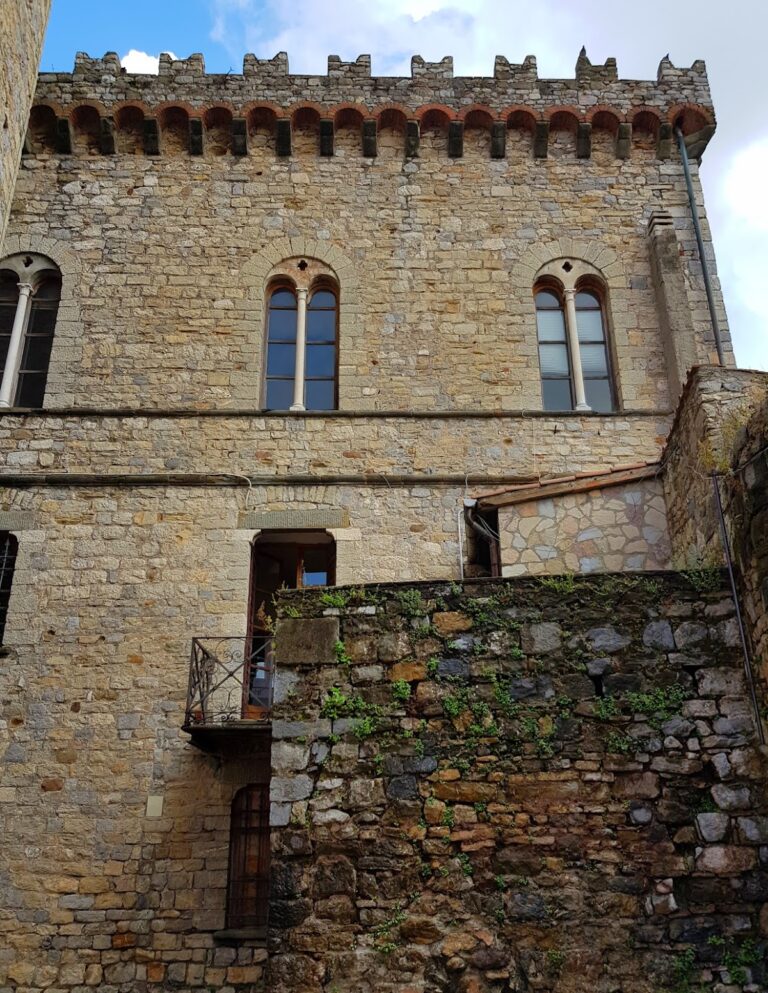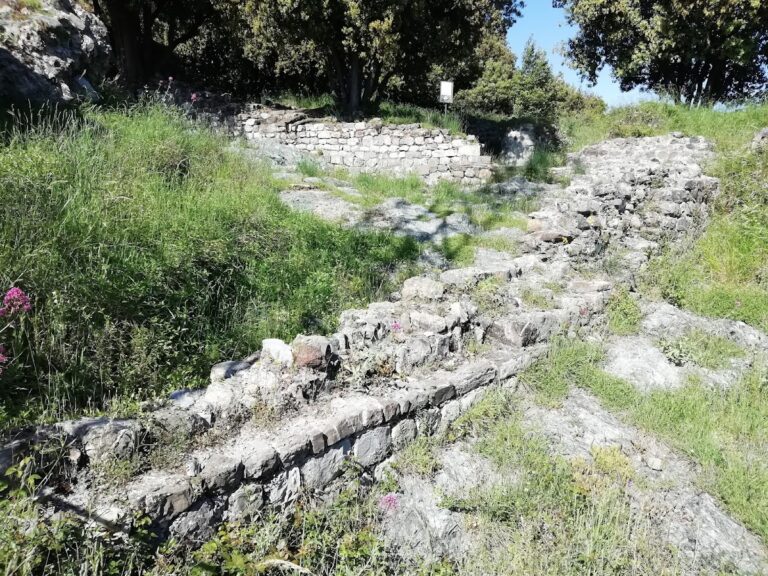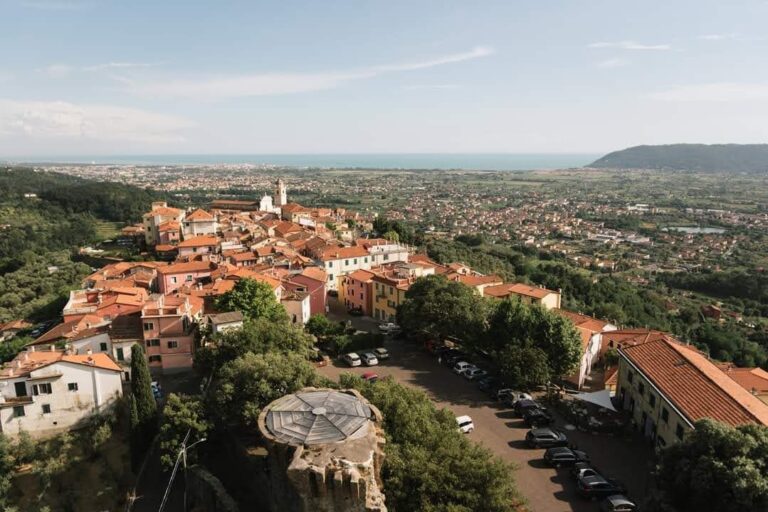Castle of Trebiano: A Medieval Fortress in Arcola, Italy
Visitor Information
Google Rating: 4.1
Popularity: Very Low
Google Maps: View on Google Maps
Country: Italy
Civilization: Unclassified
Remains: Military
History
The Castle of Trebiano is located in the village of Trebiano, now part of the municipality of Arcola in Italy. It was constructed by medieval Christian communities, with its origins tied to the ecclesiastical power of the Diocese of Luni, an influential religious authority of the time.
The castle’s earliest mention dates back to a diploma issued by Emperor Otto I of Saxony in 963, suggesting that the fortress was already established by the 10th century or possibly earlier. Initially, it served as a residence for the bishop and was part of the Diocese of Luni’s feudal territories, which extended across Liguria and the region known today as Lunigiana. Although the village of Trebiano came under the control of the first Lords of Trebiano in 1039, the castle itself remained under the direct authority of the diocese. The Lords allied with the bishops, reflecting a stable relationship between religious and local secular powers.
By the 13th century, political shifts brought the castle under the control of the Republic of Genoa, a maritime power that managed many coastal territories. This period likely involved the castle supporting Genoese interests in overseeing trade routes and regional security. The strategic importance of the castle persisted into the 15th century; in 1442, during a time of internal conflict in Genoa, the noble Antonio Biassa from La Spezia seized the fortress amid broader political struggles. This event highlights the castle’s continued military and administrative relevance in the region for several centuries.
Remains
The Castle of Trebiano features a roughly square or sub-pentagonal layout, with four massive towers positioned at the corners as part of its curtain walls. These defensive walls rise up to 20 meters high, displaying the medieval architectural style focused on fortification. The construction is notably solid and designed to withstand attack, reflecting its role as both a military bastion and a bishop’s stronghold.
The castle’s walls do not have traditional windows; instead, they include long, narrow openings known as arrow slits or feritoie. These slits allowed defenders to aim arrows or other projectiles while remaining protected behind thick stone walls. Positioned on a hilltop overlooking the village and nearby maritime routes, the fortress was a commanding presence, able to control movements between the lower Val di Magra valley and crucial coastal ports such as Lerici and San Genesio.
Photographic documentation shows the castle’s external form and its relationship with the surrounding village, but additional details about interior spaces, decorative elements, or specific inscriptions remain undocumented. Despite this, the surviving structure vividly conveys its defensive purpose and its historical function as an episcopal residence intertwined with the military and economic landscape of the medieval period.










